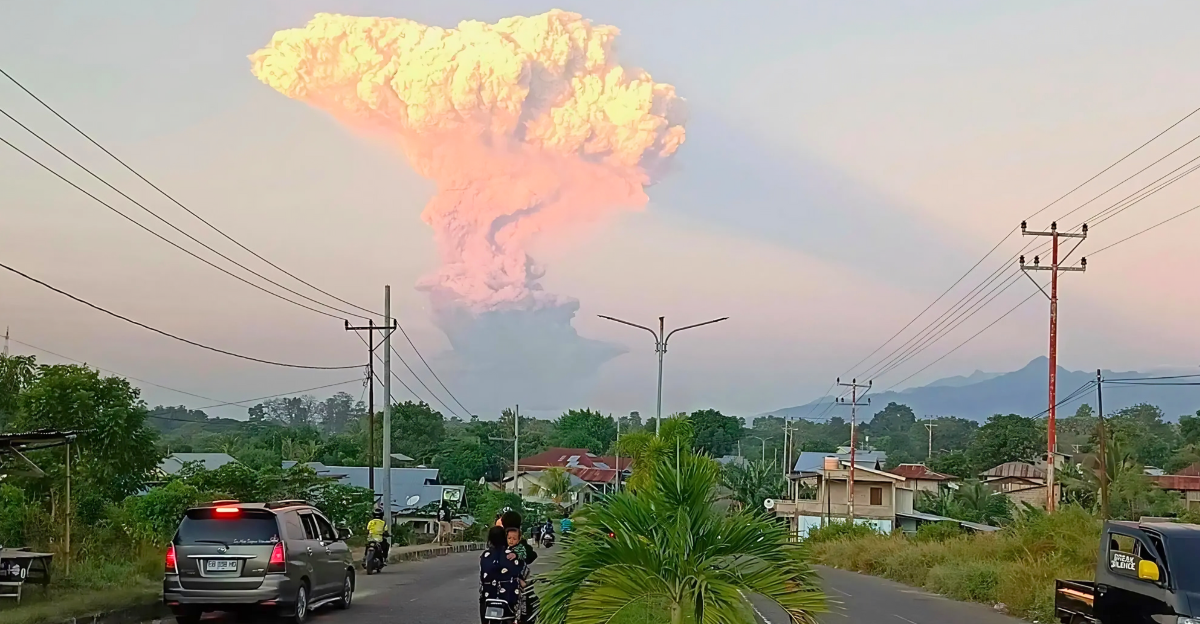
Volcanoes can be mesmerizing, and we often underestimate the power that lies beneath the surface. Every now and then, one of these volcanoes shows what it’s capable of. On June 17, 2025, Indonesia’s Mount Lewotobi Laki-Laki unleashed a colossal ash cloud soaring 6.8 miles into the sky.
The eruption created a striking, mushroom-shaped plume that looked a lot like an atomic bomb explosion. It was visible from cities up to 90 miles away, prompting authorities to raise the alert level to its maximum.
The Scale of Ash Emission
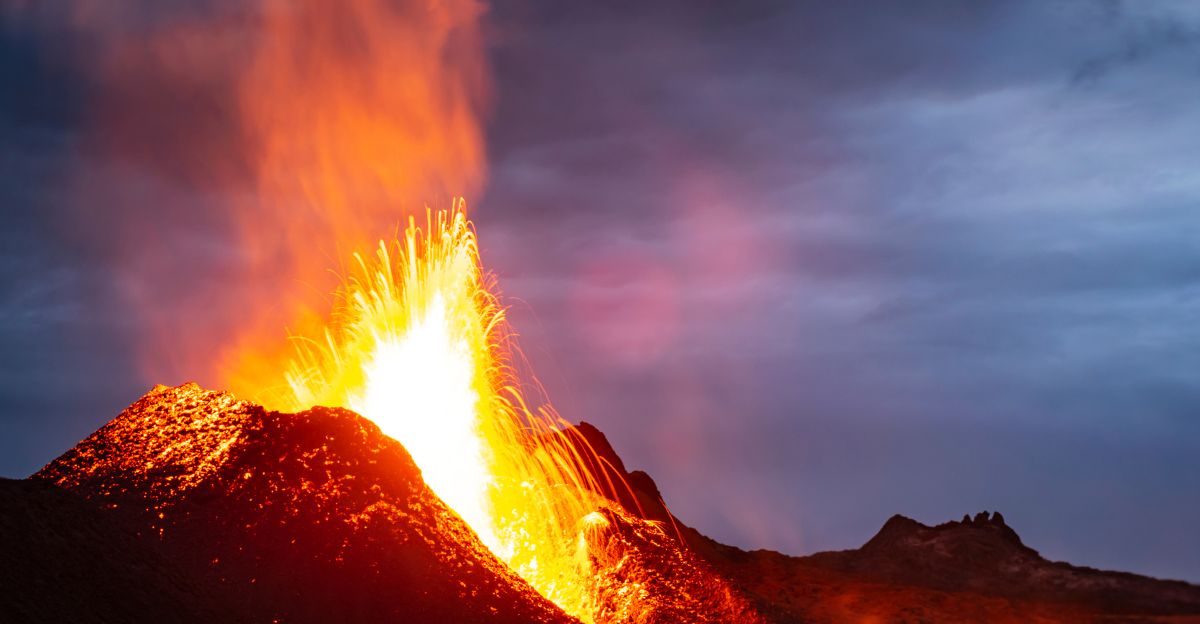
This volcano wanted to show it all and released an ash plume into the atmosphere 35,904 feet high. The sheer volume of ash released darkened skies, blanketed nearby areas and disrupted regional air travel, forcing the cancellation of numerous flights and prompting authorities to issue a top-level aviation alert.
This massive ash cloud doesn’t just look intimidating; it poses significant hazards, including threats to respiratory health, contamination of water supplies, and the risk of infrastructure damage.
Comparisons to Nuclear Explosions
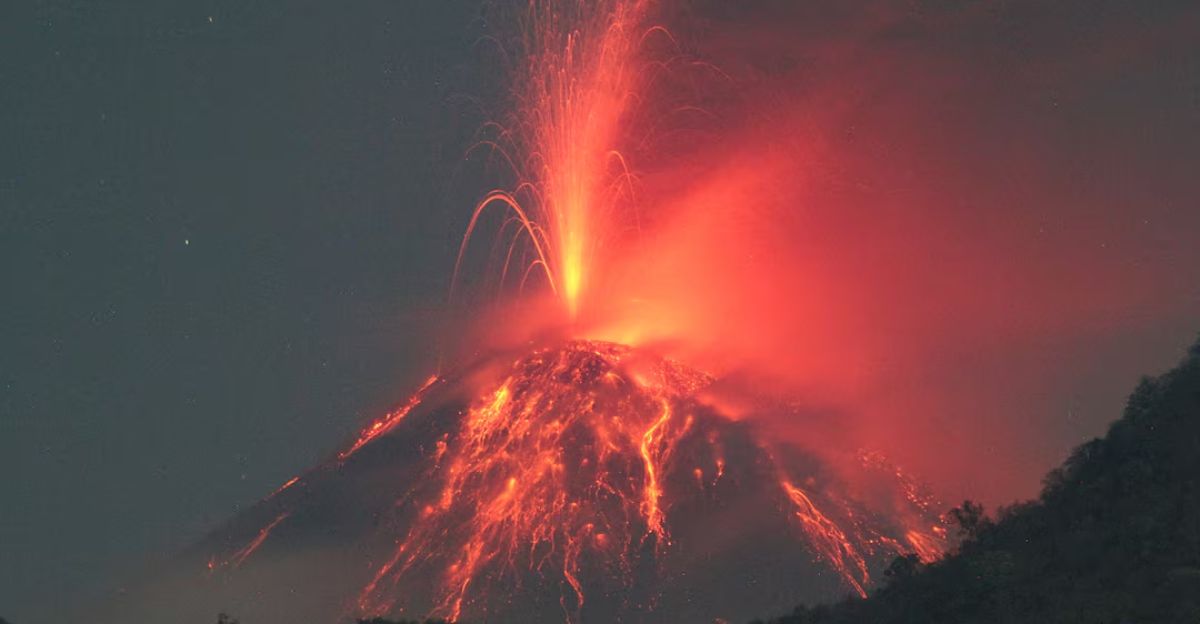
The eruption of Mount Lewotobi Laki-Laki immediately drew comparisons to a nuclear explosion due to the formation of a massive, mushroom-shaped ash cloud that covered the sky. These cloud formations are usually linked to thermonuclear detonations, but they are actually a physical result of any massive release of heat and energy.
Hot gases rise rapidly, creating a vacuum that draws in smoke and debris, forming the characteristic mushroom shape. These eruptions can be more powerful than atomic bombs. For example, the 2022 Tonga eruption was found to be hundreds of times more powerful than the atomic bomb dropped on Hiroshima.
Immediate Human Impact
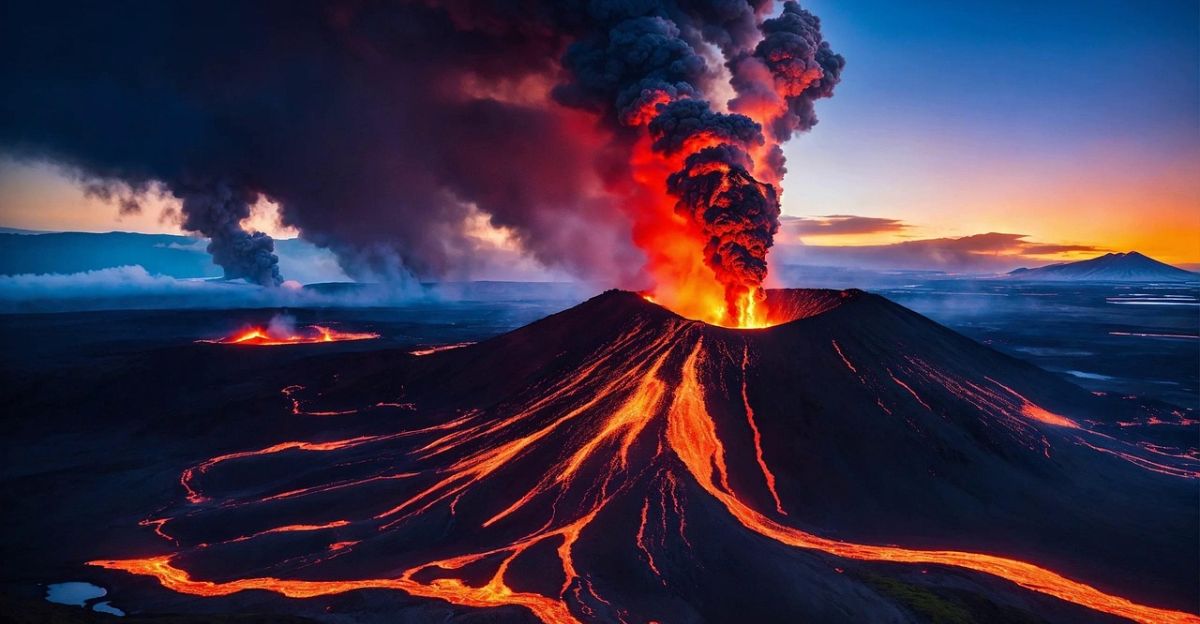
After Mount Lewotobi Laki-Laki’s powerful eruption, authorities raised the alert level to its maximum. They established a strict exclusion zone extending up to 5 miles from the crater to protect residents from potential hazards. Fortunately, there were no initial reports of injuries or fatalities linked to the explosion, unlike the event in November 2024, which had casualties and deaths related to it.
Local disaster agencies evacuated at least one village and reported ashfall in several other communities outside the exclusion zone. Residents were advised to wear face masks to guard against respiratory issues caused by volcanic ash.
The Ring of Fire
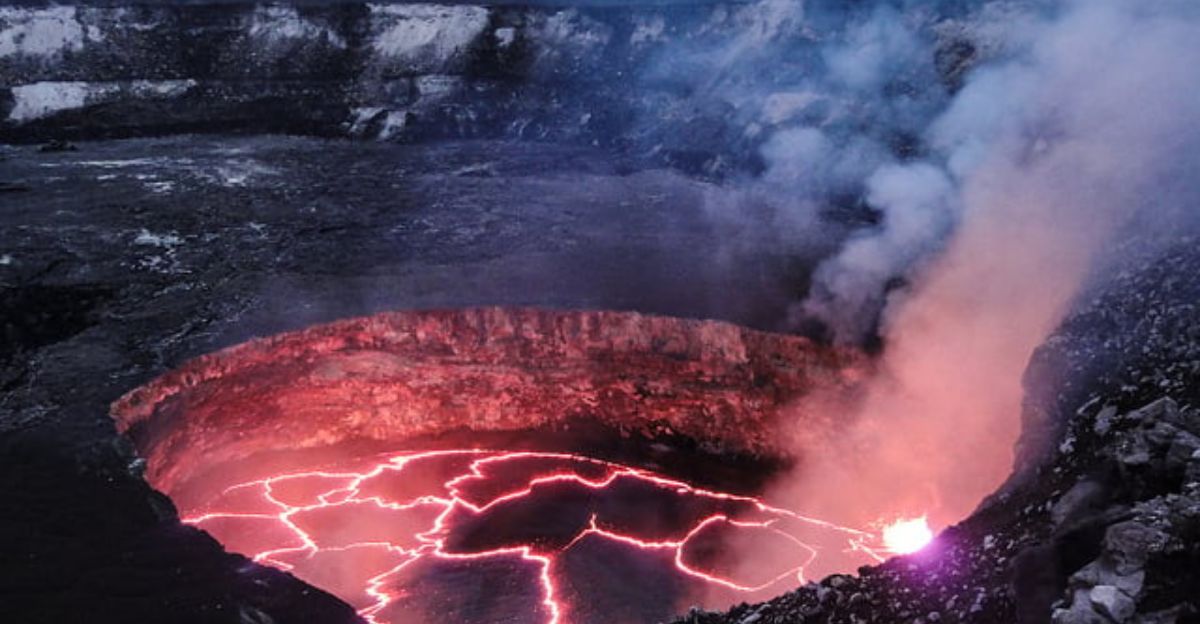
The Pacific Ring of Fire is a vast, crescent-shaped zone encircling the Pacific Ocean and stretching approximately 25,000 miles. This region is home to over 450 volcanoes, accounting for nearly two-thirds of the world’s active and dormant volcanoes, and is notorious for frequent eruptions, earthquakes, and other seismic events.
The Ring of Fire’s volatility comes from tectonic plates’ constant movement and collision beneath the Earth’s surface. This results in a concentration of explosive stratovolcanoes, submarine volcanoes, and shield volcanoes along its length. This year alone, 50 volcanic eruptions have already been recorded within this area, proving just how active the Ring of Fire truly is.
Disruption to Air Travel

Besides putting up quite the show, this eruption disrupted air travel across Indonesia and the broader region, particularly affecting flights to and from the popular resort island of Bali. The massive ash plume caused the cancellation of dozens of international flights operated by Jetstar, Virgin Australia, Air India, Air New Zealand, Singapore’s TigerAir, and China’s Juneyao Airlines.
The airport in Maumere, East Nusa Tenggara province, was closed entirely, while Bali’s Ngurah Rai International Airport experienced delays and selective cancellations, though it remained operational overall. Mount Lewotobi Laki-Laki made quite the statement after showing how much power it holds and how drastically it affects airlines.
Global Atmospheric Effects
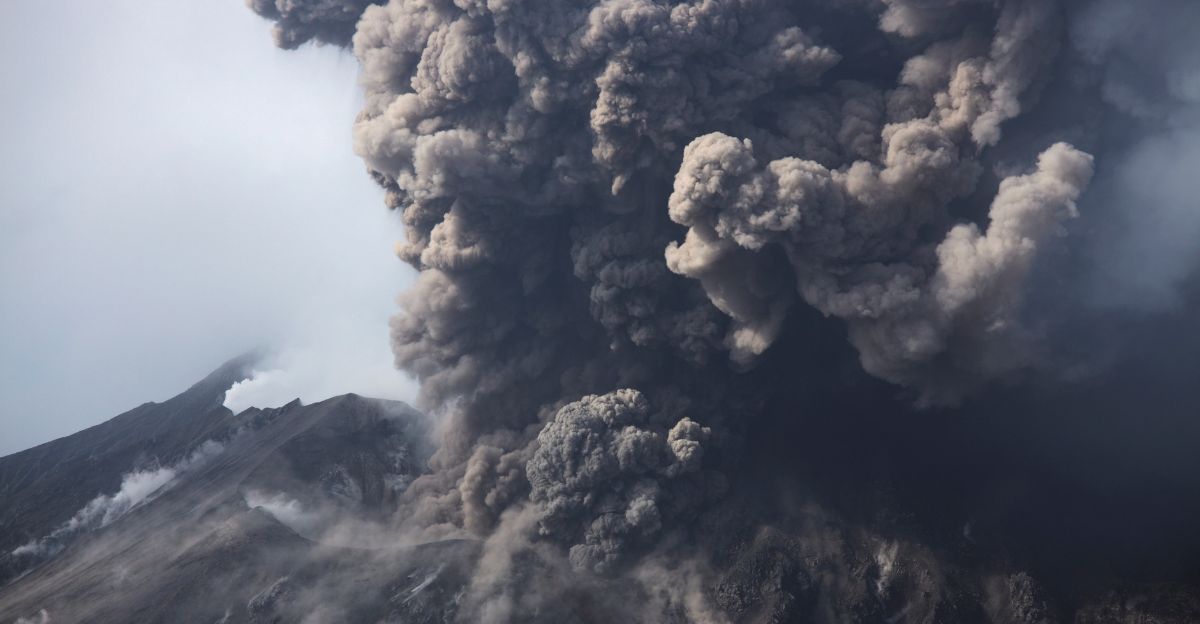
When volcanic ash and sulfur dioxide reach such altitudes, they can disperse widely, traveling thousands of kilometers and impacting atmospheric chemistry and climate on a global scale. Volcanic ash particles can float around in the atmosphere for months, reflecting sunlight and possibly causing short-term cooling of the Earth’s surface.
Sulfur dioxide emissions, on the other hand, can transform into sulfate aerosols, which further enhance this cooling effect by acting as a planetary “sunscreen.” Studies have shown that volcanic eruptions can trigger complex chemical reactions that may affect the ozone layer and contribute to temporary climatic anomalies.
Environmental and Agricultural Consequences
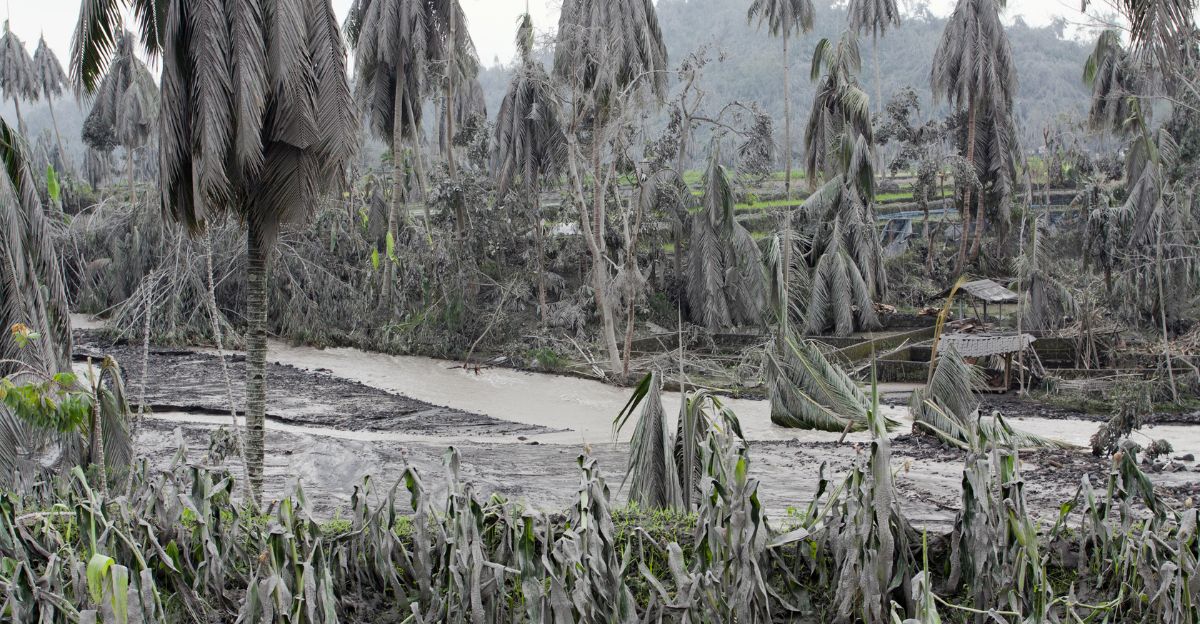
Eruptions like these can drastically impact the environment around it for quite some time, depending on the severity. The dense ash fall blanketed fields, forests, and water sources, disrupting local ecosystems and threatening wildlife and human health. In the farming industry, ash deposits can smother crops, hinder photosynthesis by blocking sunlight, and add significant weight that damages or destroys plants.
The chemical composition of volcanic ash can further damage the soil and water quality. While some volcanic ash can provide nutrients and, over time, enhance soil fertility, the initial impact is often negative, leading to loss of income and food security for affected farming communities. Mudflows of volcanic debris triggered by rain can further endanger local environments and livelihoods by flowing into water sources.
Health Effects of Volcanic Ash

Exposure to volcanic ash can have severe long-term and short-term effects, especially in people already struggling with respiratory issues. Inhaling ash particles can irritate the eyes, nose, throat, and upper airways, leading to symptoms like coughing, wheezing, chest discomfort, and shortness of breath, even in healthy people. People with pre-existing respiratory conditions are especially vulnerable, as exposure can trigger asthma attacks, exacerbate symptoms, and increase the risk of bronchospasm and respiratory infections.
Public health guidelines recommend minimizing exposure by staying indoors, using air filtration, and wearing appropriate masks to reduce inhalation of fine ash particles.
Ongoing Monitoring and Preparedness
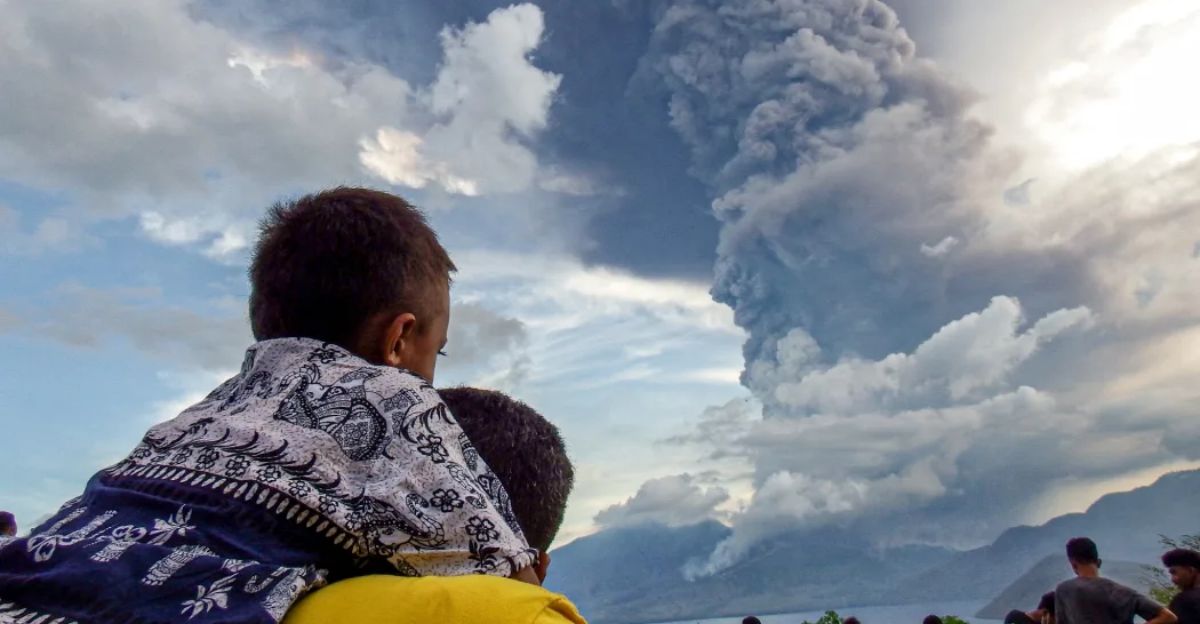
Mount Lewotobi Laki-Laki remains a constant threat, and authorities rely on a network of seismic sensors, satellite imagery, and ground-based observations to detect early signs of volcanic unrest. These monitoring efforts allow scientists and disaster agencies to issue timely warnings and implement evacuation plans when necessary, minimizing risks to local populations.
Investments in monitoring infrastructure and international collaborations are also critical for improving forecasting accuracy and response strategies. Without these insights, the consequences for the community surrounding these powerful volcanoes could be severe.
Explore more of our trending stories and hit Follow to keep them coming to your feed!

Don’t miss out on more stories like this! Hit the Follow button at the top of this article to stay updated with the latest news. Share your thoughts in the comments—we’d love to hear from you!







